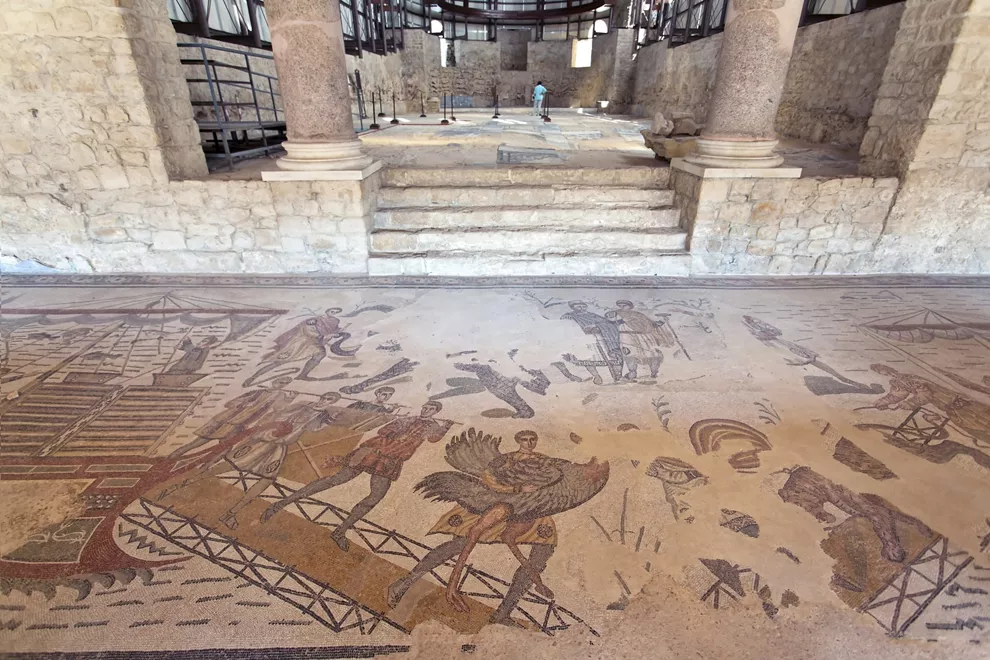With its historic centre capable of taking us back in time through medieval alleys and Renaissance and Baroque palaces, it is world famous for its imposing Villa Romana del Casale, a supreme example of a late-imperial Roman luxury villa listed as a UNESCO World Heritage Site.
What is the Villa Romana del Casale and where is it?
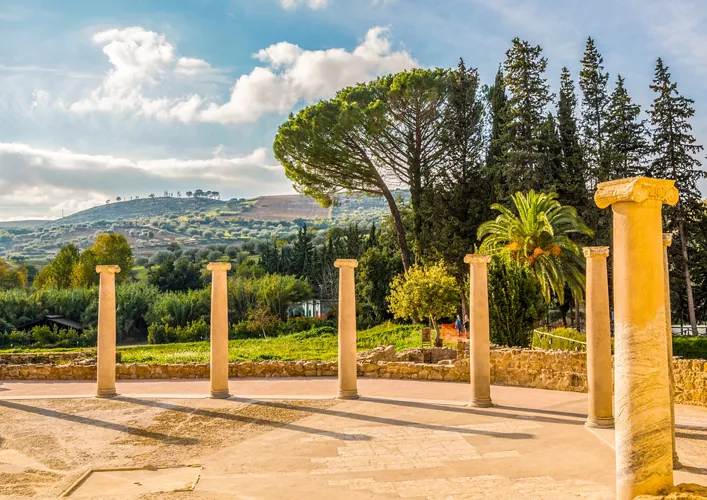
At the gates of Piazza Armerina, in the picturesque valley of the River Gela on the slopes of Mount Mangone, lies one of the most prestigious monumental relics of the late antique period in the Mediterranean: the Villa Romana del Casale, built in the 4th century AD and decorated with enchanting mosaics considered to be the most beautiful and best preserved of their kind.
History and information on the Villa Romana del Casale
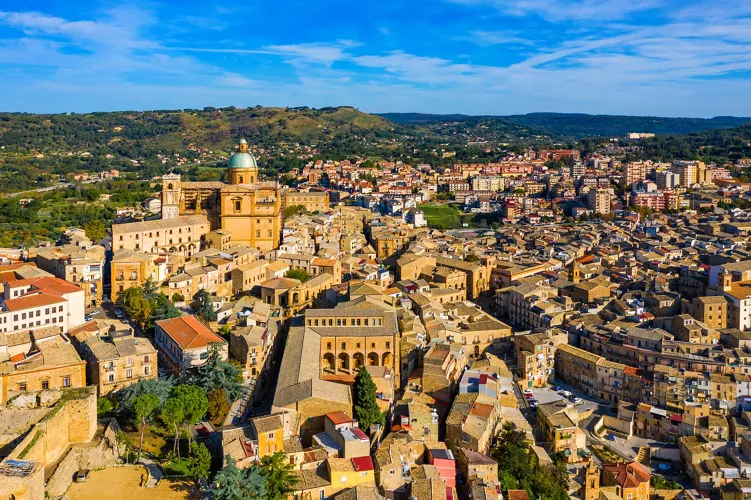
The history of the Villa Romana del Casale begins around 320-350 AD: some scholars believe it belonged to a member of the Roman senatorial aristocracy, perhaps a governor of Rome under Emperor Constantine.
According to other studies, however, it was built and expanded on the orders of a very high imperial official, identified as Maximian Herculean, a tetrarch of Diocletian.
Inhabited also during the Arab era, the villa was partially destroyed by the Normans and later almost completely covered by an avalanche of mud from Mount Mangone. The discovery of the villa is due to the archaeologist Gino Vinicio Gentili, who conducted excavations in the 1950s.
Why it became a UNESCO site
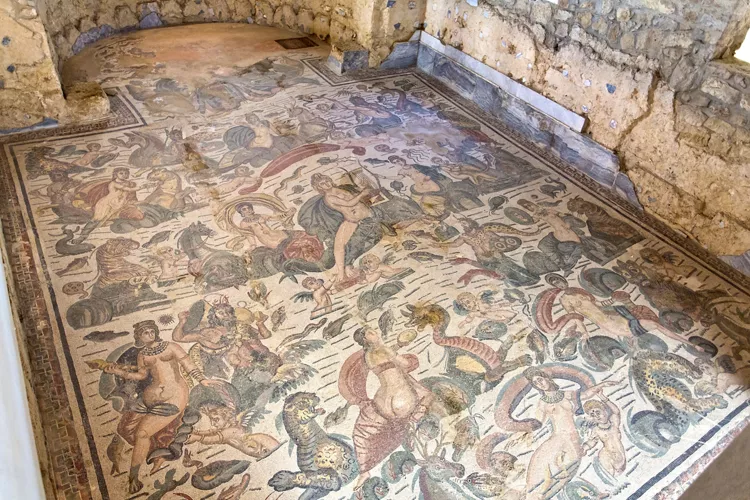
The Villa Romana del Casale is one of the finest examples of ancient Roman villas, so well preserved that it still manages to show us the life of the predominant social and economic class in the Roman age.
In 1997 it was included in the UNESCO World Heritage List for its splendid mosaics, still in perfect condition, covering some 3,500 square metres, with depictions of heroes and gods, scenes of hunting, games and everyday life.
What to see at the Villa Romana del Casale
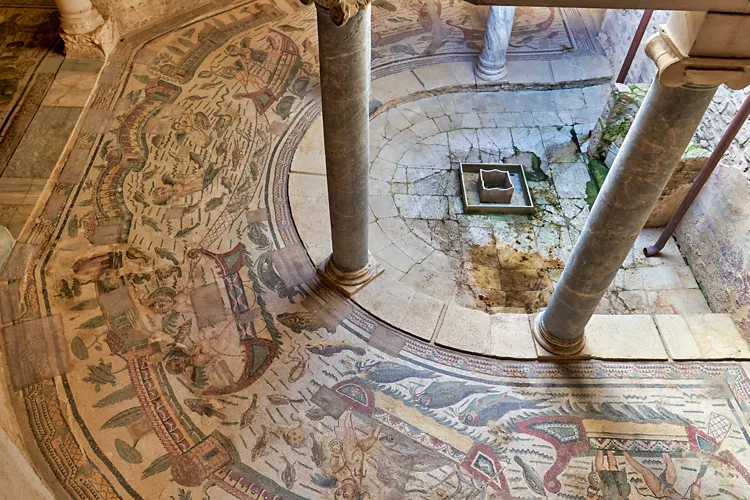
The mosaics of the Villa del Casale in Piazza Armerina attract millions of visitors from all over the world every year, but it is worth starting a tour of the site from the ancient village.
On the highest point of Piazza Armerina stands the Cathedral, a splendid example of Sicilian Baroque. In the same square dominated by the cathedral is Palazzo Trigona, built in the late 17th century. The building is one of the most authoritative examples of late Sicilian Baroque civil architecture, built on four levels and now housing the Museum of the City and Territory.
On the outskirts of the city, you will be captivated by the archaeological site of Montagna di Marzo, a 700-metre-high peak that preserves the remains of the ancient city of Erbesso, which disappeared in ancient times and was only rediscovered in the 1950s.
The highlight of the site is the archaeological park of the Villa Romana del Casale, a magnificent rural dwelling rich in architectural and decorative elements brought to light in their entirety at the end of 2012 after years of intensive excavations.
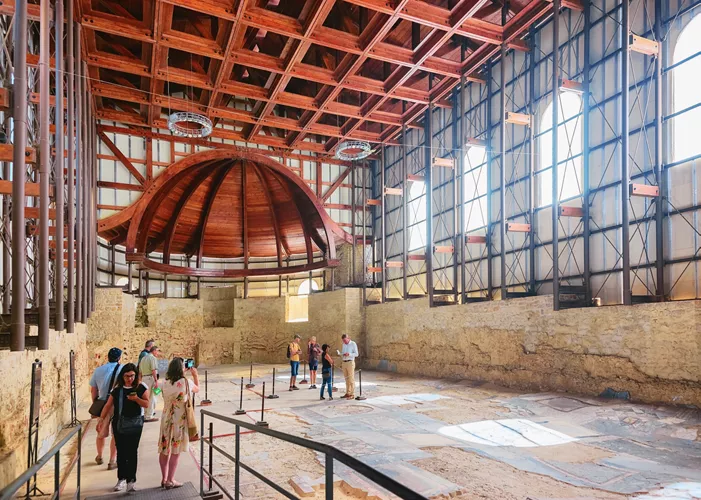
The villa is divided into four sections and a visit can only begin at the monumental entrance with its courtyard in the shape of a horseshoe, which is overlooked by the refined spa complex. The central body of the villa is dominated by the monumental fountain and surrounded by rooms that you can visit to admire the colourful mosaics that pave the entire site. The large dining room, decorated with mythological motifs, is accessed from the ovoid peristyle located to the south of the villa.
From there you can walk through the Big Hunt Corridor, famous for its mosaic depicting the capture of wild animals in Africa, and reach the Little Hunt Room.
Take some time to enjoy identifying the themes of the mosaics, which range from mythology to scenes of domestic life. The Villa also houses a unique mosaic: one of the few representations of female sport in antiquity, with ten ʙικιɴι-clad girls engaged in various disciplines such as discus throwing, dumbbell exercises and cross-country running.
The Villa Romana del Casale is open to the public from Monday to Sunday from 09.00 to 19.00 when summer time is in force and until 17.00 in the months when standard time is in force.
Perfectly connected, you won’t need a car. To reach the site from the centre, you only need a few minutes thanks to the buses leaving several times a day from Piazza Falcone Borsellino or the Villa Romana H๏τel in Piazza Alcide De Gasperi.
